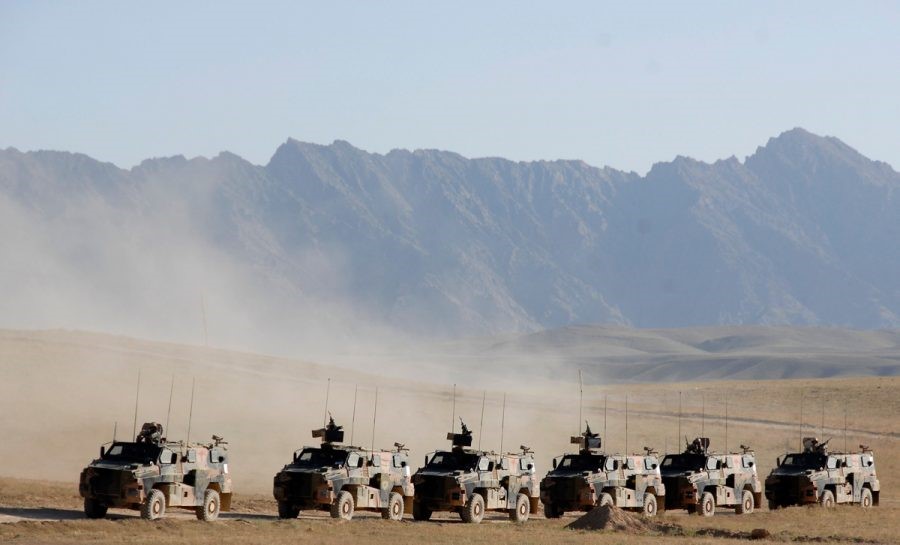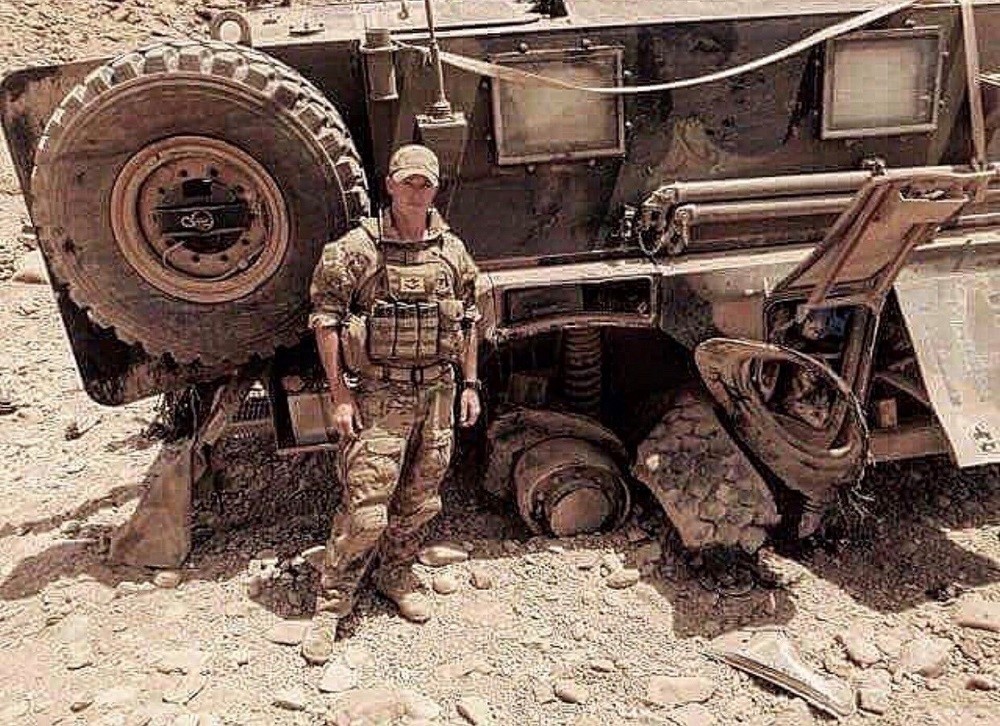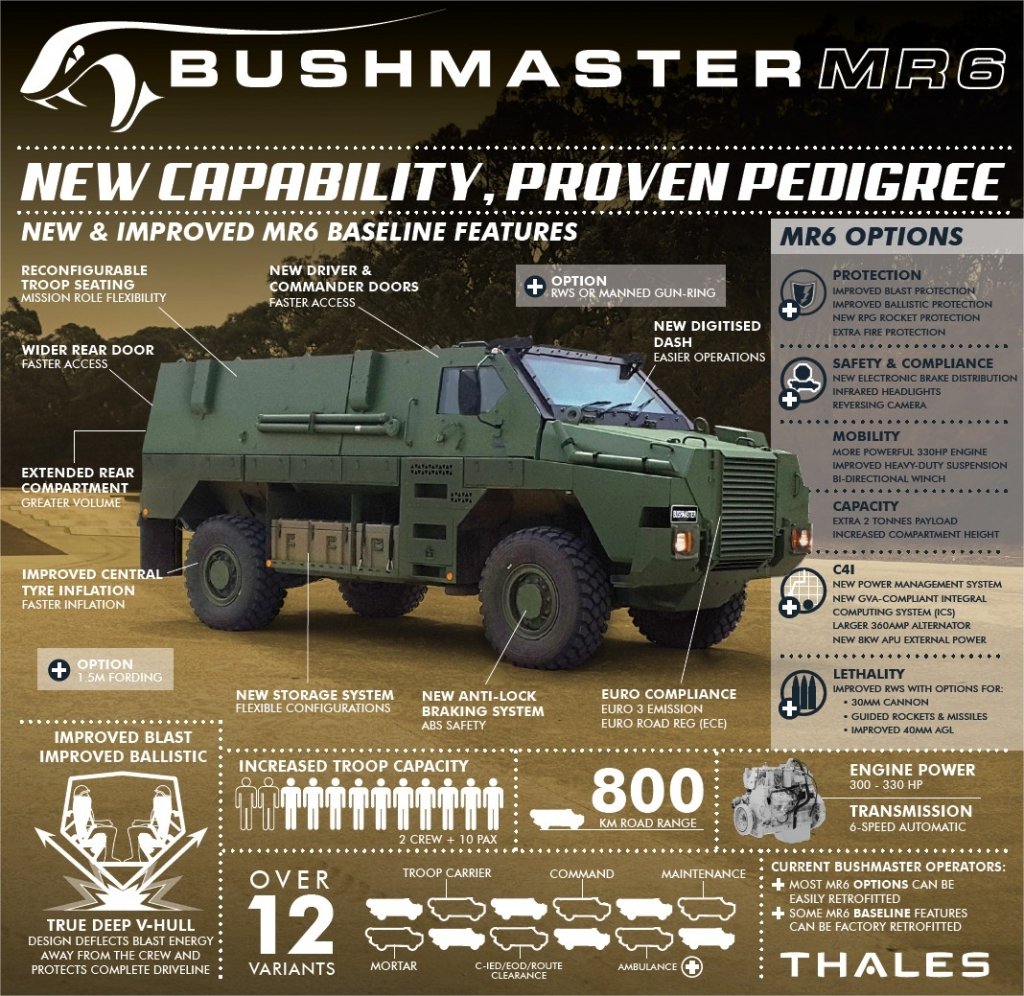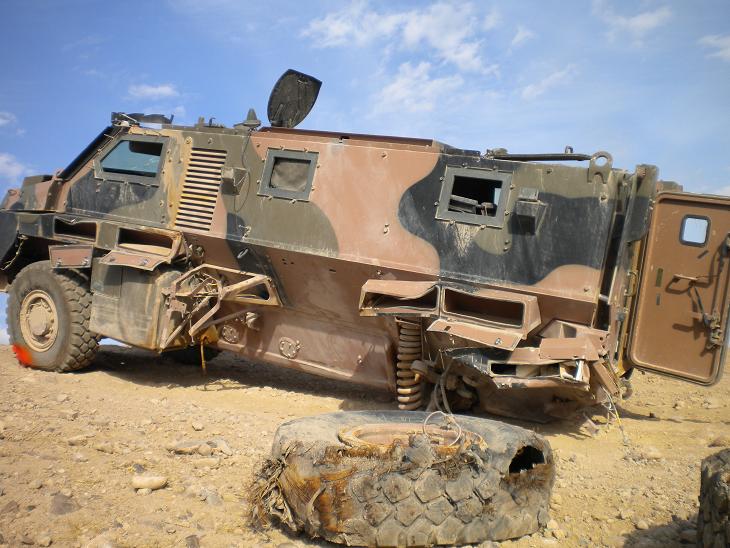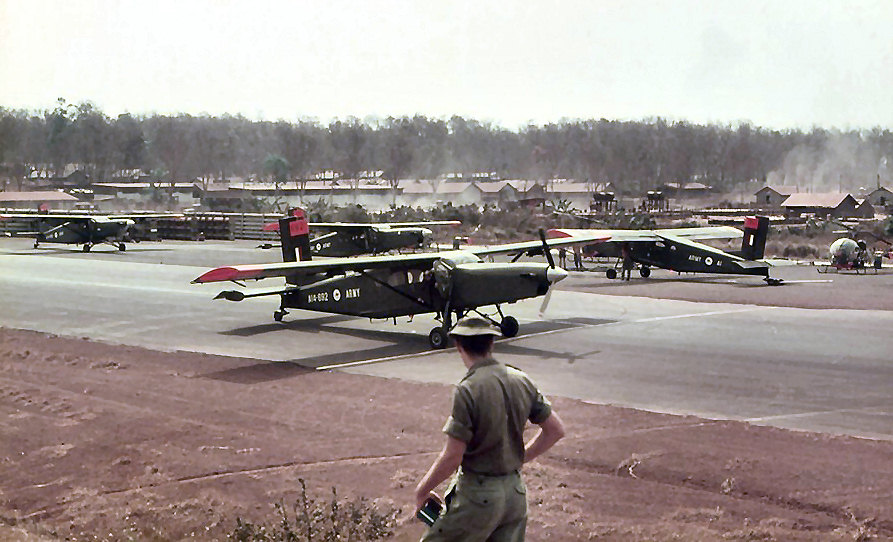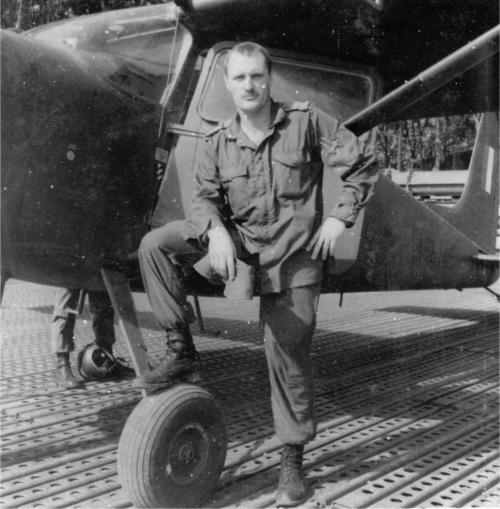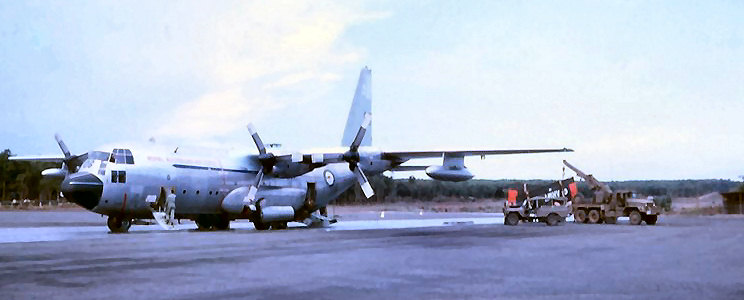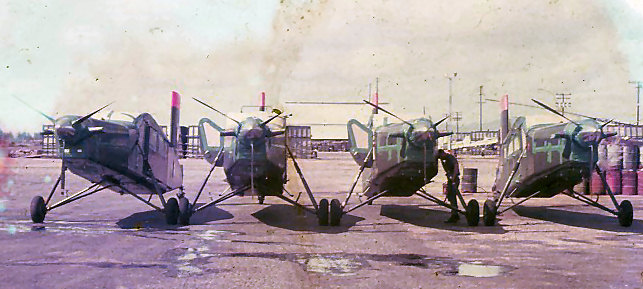|
|
||||||||||||||||
|
||||||||||||||||
|
Privacy Policy | Editorial Policy | Profit Policy | Join the Association | List of Members | Contact us | Index | Links |
||||||||||||||||
|
Back Go to page: 1 2 3 4 5 6 7 8 9 10 11 12 13 14 15 16 17 18 19 20 Forward
|
||||||||||||||||
|
|
||||||||||||||||
|
Contents:
The 161 Reconnaissance Association Memorial Service.
|
||||||||||||||||
|
When David Nicolson and his fellow soldiers in Combat Team Alpha from the Royal Australian Regiment’s 2nd Battalion served in a remote outpost in Afghanistan’s Mirabad Valley, there was a standing joke in the unit that ‘Mates don’t let mates drive Route Whale’.
The rough dirt road ran through the valley, which, in 2011, was Taliban territory and a major insurgent supply corridor. Route Whale was strewn with so many improvised bombs that it was rare for a convoy to make it home without finding one, or being hit by one. The combat team was part of Australia’s Mentoring Task Force 3 helping train members of the Afghan National Army, which was tasked with blocking the flow of weapons and other supplies to Taliban fighters.
Nicolson recalls a stiflingly hot afternoon when the Australians were tired after a full day of patrolling on foot and climbed aboard three Bushmaster troop carriers. They passed through a small village that was normally full of people, but this time there was no one in sight. That raised anxiety levels.
|
||||||||||||||||
|
|
||||||||||||||||
|
Abruptly, a petrol bomb was thrown at the last of the Bushmasters and narrowly missed the gunner in his hatch at the rear of the vehicle. A massive directionally focused bomb blasted out of a wall, lifting the 15-tonne lead vehicle onto two wheels. It was poised for a time and then slammed back down.
This was the third time Nicolson had been in a vehicle hit by an improvised explosive device. ‘You black out for a second or two’, he recalled, ‘then you’re dizzy, you feel sick and sometimes you spew. Dust is everywhere. In your eyes, nose and mouth, you have that smell and taste of explosives. Your adrenaline is in overdrive. ‘While your body is going through all of this, your training kicks in and you’re making sure that you’re OK, the boys in the back are OK and casualty and damage reports are going out. You’re eyeballing the area for signs that this is a complex ambush, for signs of the enemy, the triggerman and lookouts.’
Darkness was descending as the soldiers in the stricken Bushmaster headed back to the patrol base. They moved slowly, with the front tyres shredded by shrapnel and the steering badly damaged. The bomb had demolished the external cargo bins and scarred the vehicle’s bulletproof windows, but the ‘Bushie’ was still drivable.
Before he completed his nine-month posting, Nicolson encountered a fourth bomb. He survived that, too. Altogether he survived four Bushmaster bombings on Route Whale in southern Afghanistan in 2011.
|
||||||||||||||||
|
|
||||||||||||||||
|
Nicolson emerged from Afghanistan with a great affection for the Australian-designed and built Bushmaster, but, like many of the soldiers whose lives were saved by the nuggety vehicle, he had little appreciation of just how hard key figures had to work to bring it into production.
The policy seeds that ultimately produced the Bushmaster were planted in the Hawke government’s 1987 defence white paper, The defence of Australia, which raised the possibility of small groups of foreign troops landing in the country’s north and identified the need for ADF ground forces to be given the mobility and speed to find and deal with them. That spurred the decision to obtain a large number of lightly armoured and versatile troop carriers.
It was assessed that such raiders would arrive lightly equipped and aim to capture materials to build bombs, which were later to become ubiquitous in Iraq and Afghanistan as IEDs.
The Bushmaster’s DNA contained echoes of wars past and campaigns on continents far away. Drawing on South African and Rhodesian experiments with landmine-blast-deflecting V-shaped hulls, it was conceived as a lightly armoured truck. Australian troops on peacekeeping missions in the Middle East and in nations such as Namibia and Cambodia saw both the devastating impact of landmines on the occupants of soft-skinned vehicles like 4WDs and the effectiveness of vehicles designed to defend against them. The peacekeepers brought home with them insights that, much later, informed the Australian defence organisation’s planning for the Bushmaster project.
It took a long time for the army to come to love ‘this massive thing’ that wasn’t intended to be a fighting vehicle and was originally sold to government as a simple off-the-shelf acquisition. Instead it became a complex development project that pushed industry and Defence into new and more productive relationships. Even after its early operational success in Iraq and Afghanistan, the Bushmaster was to be haunted by its association in many army minds with the ‘Defence of Australia’ strategy as well as with big cuts to the service’s size, funding and role in the years after Vietnam. Some argued that anything with four wheels and no tracks was a truck and was not to be taken seriously; anyway, the tyres of this ‘armoured Winnebago’ would be chopped to pieces by rocky terrain.
Matters got so bad at one point that, in December 2001, the team charged with overseeing such programs, the Defence Capability and Investment Committee, wrote to Defence Minister Robert Hill recommending that the project be abandoned. Hill shared the committee’s concerns about the project running late and well over budget but says he was persuaded by the Chief of Army, Lieutenant General Peter Cosgrove, to keep it going because troops in future wars would need a high level of protection. Ultimately, the Bushmaster faced a reality very different from what was envisaged, not a conflict fought on the red soil of northern Australia but a series of brutal battles and running fights in Iraq and Afghanistan.
Events created a desperate need for such a vehicle. Tragedies in Iraq and Afghanistan showed the vulnerability of troops, even the most capable special forces, when operating soft-skinned vehicles against insurgents with the technical know-how to build IEDs and the tactical skill to employ them well. There was nothing else readily available on the world market. US troops in Iraq were welding additional steel plates onto their own poorly protected vehicles. The Bushmaster’s capability wasn’t fully appreciated until it was in action and by then it was seen to be a defining reason why so many Australian soldiers survived IED blasts while British and American lives were lost.
After bombings in Afghanistan, troops sent back technical reports and ‘tiger teams’ of engineers and scientists were sent to the war zone to examine the damage and to find ways to strengthen the vehicle. The manufacturer, Thales, was able to improve Bushmasters on the production line and in the operational area.
A cheaper, off-the-shelf vehicle from overseas would not have given Australia the flexibility to adapt to changing enemy tactics in Afghanistan. Indeed, the way industry, the army, Defence scientists and others worked so quickly and effectively together to harden the Bushmaster against ever more devastating IEDs is a model of the ‘fundamental input to capability’ idea that promotes innovative work between Defence and industry.
Ultimately, the Bushmaster proved itself a lifesaver in combat and vindicated those who had faith in it.
You can see an interesting video below titled “The Bushmaster, from concept to combat”.
|
||||||||||||||||
|
|
||||||||||||||||
|
|
||||||||||||||||
|
A little old lady was going up and down the halls in nursing home. As she walked , she would flip up the hem of her nightgown and say, "Supersex." She walked up to elderly man in a wheelchair. Flipping her gown at him, she said, "Supersex." He sat silently for a moment or two and finally answered," I'll take the soup" |
||||||||||||||||
|
|
||||||||||||||||
|
161 Reconnaissance Association Memorial Service.
Bob McInnes Memorial Garden Caloundra RSL Sub-Branch 03 December 2019
In South Vietnam during the evening of 03 December 1969, an Australian Army Pilatus Porter, number A14-686, of 161 (Independent) Reconnaissance Flight, was shot down by enemy ground fire and destroyed in the consequent fire on the edge of the Binh Ba Rubber Plantation close to Nui Dat. Killed in action (KIA) in this tragic enemy action were the pilot, Captain Barry Creig Donald, DSM, and his co-pilot Second Lieutenant Alan Douglas Jellie. Both were members of the Australian Army Aviation Corps (AAAvnC).
|
||||||||||||||||
|
|
||||||||||||||||
|
The 50th Anniversary Memorial Service in Caloundra, was initiated by Geoff Longland. Geoff was a rotary wing pilot serving in 161 (Indep) Recce Flt at the time A14-686 was shot down. The Memorial Service was conducted by 161 Reconnaissance Association and its purpose was to respectfully commemorate with family, friends and colleagues the 50th Anniversary of the death of Capt Donald, DSM and 2Lt Jellie, KIA in A14-686.
The Pilatus Porter PT6 Aircraft was an eight seater, high wing monoplane of all metal construction with a conventional (tail wheel) undercarriage. It was powered by a 550 shaft horse power Pratt and Whitney PT6 turbine engine fitted with a constant speed propeller unit with reverse pitch capability. The aircraft was fitted with a full instrument panel, radio compass and other aids which permit limited operations by night and in bad weather. Special role fittings include two wing stations for external carriage of stores, an internal cargo hatch and automatic radio rebroadcast facilities. The rear cabin seats were readily removable for the carriage of cargo.
Basic aircraft characteristics included the following:
|
||||||||||||||||
|
||||||||||||||||
|
Only six of the 19 Pilatus Porters that the Australian Army owned were deployed to South Vietnam with 161 (Indep) Recce Flt. The first three aircraft to be sent to Vietnam travelled to Vietnam aboard HMAS Sydney and they arrived at Vung Tau on 28 November 1969. Accompanying the aircraft on their journey were two new members of the Flight, Lt Damien Aird (Fixed Wing Pilot) and Cpl John Crawford (Engine Fitter).
The transfer of the first aircraft (A14-680) from HMAS Sydney to Nui Dat did not go without problems. The transfer involved lifting the Porter off the ship using a "special jig" and a US Army Chinook and delivering the Porter to the Flight at Nui Dat, however, the rotor wash caused by the Chinooks main rotors down onto the tail-plane of the Porter was so great that the rear "tie down lifting bar", at the rear of the Porters tail-plane, tore through the skin section of the tail-plane and caused considerable damage to the aircraft.
Although there was obvious concerns of causing further damage to the Porter and possibly the Chinook the task was completed and the aircraft was delivered to Nui Dat however, the damage caused to the Porter kept the aircraft grounded for a month.
The other two aircraft were off loaded onto barges from the ship onto the wharfs at Vung Tau and then towed to the Vung Tau Airfield where they were reassembled by members of 161 (Indep) Recce Flt. The aircraft were subsequently flown forward to Nui Dat. Both aircraft had to have acceptance servicings and as soon as they were cleared for flight they began familiarisation flying in the local area. Unfortunately disaster struck after only a few days when A14-686 was shot down and destroyed on 03 December.
Barry Donald (right) was the pilot of the aircraft and Alan Jellie (helicopter pilot) was his passenger. The aircraft had been flown through the day and was on the first night flying familiarisation flight of a Porter, in Vietnam. As they were returning to Nui Dat at approx 2200hr, they received ground fire as they flew over the Bhin Ba Rubber Plantation. The aircraft crash landed at the edge of the rubber plantation after clipping some rubber trees, both pilots were killed. The aircraft was extensively damaged from the crash and a fire that had broken out in the aircraft.
Capt Barry Donald enlisted in the ARA on 13 February 1958. As a fixed wing pilot, he served in Vietnam from 26 August 1968 until 17 December 1968 and from 10 June 1969 until sadly KIA on 03 December 1969. Captain Donald also served in Malaya, Vietnam, PNG and the UK. For distinguished leadership in warlike operations, he was posthumously awarded the Distinguished Service Medal. He flew a total of 898 hours in Vietnam. From 17 December 1968 until 10 June 1969 he completed type training on the Porter at 1 Aviation Regiment, RAAF Amberley before returning to Vietnam where he assumed the role of FW Section QFI and check captain.
2Lt Alan Jellie enlisted in the ARA on 29 June 1967. As a rotary wing pilot, 2Lt Alan Jellie served in Vietnam from 10 March 1969 until sadly he was KIA on 03 December 1969 in the same tragedy that took the life of Captain Donald. In Vietnam he flew more than 895 hours.
Delivery of Pilatus Porters to 16 Army Light Aircraft Squadron, RAAF Amberley began in March 1968. The Porter replaced the ageing Cessna 180s that had been operated by 161 in Vietnam since September 1965. During the seven years the unit operated in Vietnam, 16 ALA flew a total of 72,569 hours in more than 87,991 sorties in a range of rotary (Sioux and Kiowa) and fixed wing (Cessna 180, Pilatus Porter, and Bird Dog) aircraft. (See HERE).
Some aircraft were delivered to Vietnam in the back of a Herc.
|
||||||||||||||||
|
|
||||||||||||||||
|
The Memorial Service at Caloundra was attended by approximately 60 people while others watched from the carpark. In attendance were family members and friends of both the Donald and Jellie Families as well as members of the 161 Recce Assn and 16 Army Light Aircraft Squadron which developed into 16 Aviation Squadron then 1st Aviation Regiment and supporting Units before beginning a relocation from RAAF Amberley to the Army Aviation Centre at Oakey during June 1969.
Chaplain Arthur Fry, a former member of 16 ALA Sqn, officiated and spoke of his memories of flying with then Lt Donald on Exercise Longshot, a Tri-Service exercise which was held during September and October 1964 in the Tianjara area south west of Jervis Bay.
The Memorial Service was closed by the Master of Ceremonies, Frank Benfield OAM, treasurer of the 161 Recce Assn. He thanked everyone for attending, and expressed the Assn’s gratitude to:
With the decision made that all Australian military forces were to be withdrawn from Vietnam, 161 (Indep) Recce Flt began preparing the move from Nui Dat to Vung Tau and this task was completed on 05 October 1971. The Flight remained fully operational in support of 1ATF throughout the move. A plan to fly the Porters home to Australia had been approved, however that approval was withdrawn in October and alternate means of getting the four aircraft home had to be found. Unfortunately, there were not many options available for the return of the aircraft because all available space on Australian ships/aircraft had been allocated to other units.
Space for the Porters to be transported back to Australia was subsequently found on a Japanese Freighter.
On 1 Jan 72, the RAEME element of the Flight towed the four Porters from Vung Tau airfield down to Do Long Pier, where they were loaded aboard the "Harima Maru" for the trip home to Australia. On arrival back in Australia the four Porters were absorbed into the Army Aviations Fleet of Porters and were subsequently dispersed throughout the units which operated the Porters.
The Pilatus Porters remained in service with the Australian Army Aviation Corps until 17 October 1992, when the aircraft were officially retired from service and were listed for sale. During the life of the Porter with the Australian Army, seven aircraft were destroyed. This left 12 aircraft available for disposal in 1992. Ten (10) aircraft were sold. Six of those aircraft sold were purchased by Pilatus Switzerland in early 1993, dismantled and shipped overseas. Four aircraft were purchased for service in Australia, however one of these aircraft was resold to a buyer from Canada. The remaining two Porters were retained in military markings for preservation in Australia. A14-690 was allocated to the Australian War Memorial in Canberra for eventual static display while A14-652, the first Australian Army Porter, was allocated to the Museum of Australian Army Flying (MAAF) at Oakey to be retained in flying condition. In addition, A14-704 which was being held by the MAAF after it crashed in 1990, is being retained as a static display at the MAAF.
|
||||||||||||||||
|
This little old lady having completed her shopping was resting on a bench seat. On her shoulder perched a budgie. The little old lady sighted this strapping young man coming through the check out. As he exited, the old lady cackled and said, "If you can recognise what sort of bird this is upon my shoulder, I'm yours". The young man looked at the little old lady, then at the bird, then back at the little old lady and said, "An Emu". "Close enough" said the little old lady |
||||||||||||||||
|
|

